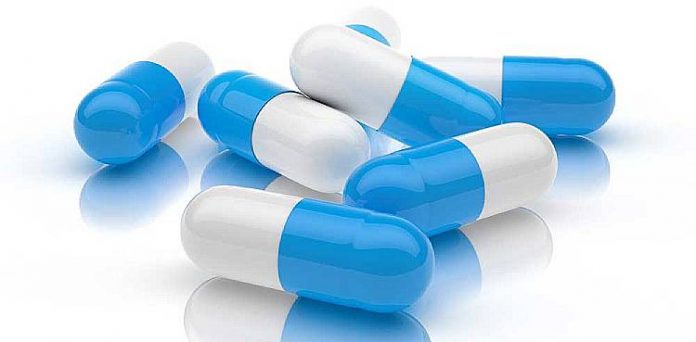ZURICH: Novartis’s Sandoz division will not make a profit on 15 generic drugs it is making available to developing countries to treat symptoms of COVID-19, the Swiss drugmaker said on Thursday.
Novartis said it would provide medicines ranging from antibiotics and steroids to diarrhea pills to 79 countries on the World Bank’s list of low- and lower-middle income nations.
The Basel-based drugmaker plans to maintain the zero-profit programme until the pandemic ends or a vaccine or cure is found, Novartis Global Health Chief Operating Officer Lutz Hegemann said in an interview.While Novartis has not seen supply-chain shortages despite increasing demands for COVID-19 medicines, Hegemann said this new programme aimed to help to keep vulnerable healthcare systems in Africa, Asia, South America and European countries Ukraine and Moldova from becoming overloaded.
“We shouldn’t underestimate the stress that COVID puts particularly on fragile health systems,” Hegemann told Reuters, adding Novartis hopes to work with health authorities, faith-based organisations and NGOs to eliminate big markups.
“We are not targeting classical commercial distribution channels, but very direct channels, to influence that to the extent we can,” he said.
Novartis’s brand-name drugs have had little application in treating the new coronavirus, but Sandoz generics are among medicines commonly used to treat symptoms of those hospitalised.
The list includes antibiotics amoxicillin, ceftriaxone, clarithromycin, vancomycin and levofloxacin, steroids dexamethasone, prednisone and prednisolone, gout treatment colchicine, heart failure drug dobutamine, antifungal fluconazole, blood thinner heparin, anti-diarrhea drug loperamide, reflux medicine pantoprazole and lung drug salbutamol.
Its malaria generic, hydroxychloroquine, is not included after some COVID-19 trials concluded it did not work and the United States cancelled emergency authorisation, though Novartis continues to provide it for trials and on government requests.
Hegemann did not give specifics on the drugs’ eventual costs, compared to commercial prices. The drugs have been around for decades and are comparatively cheap to make.

















